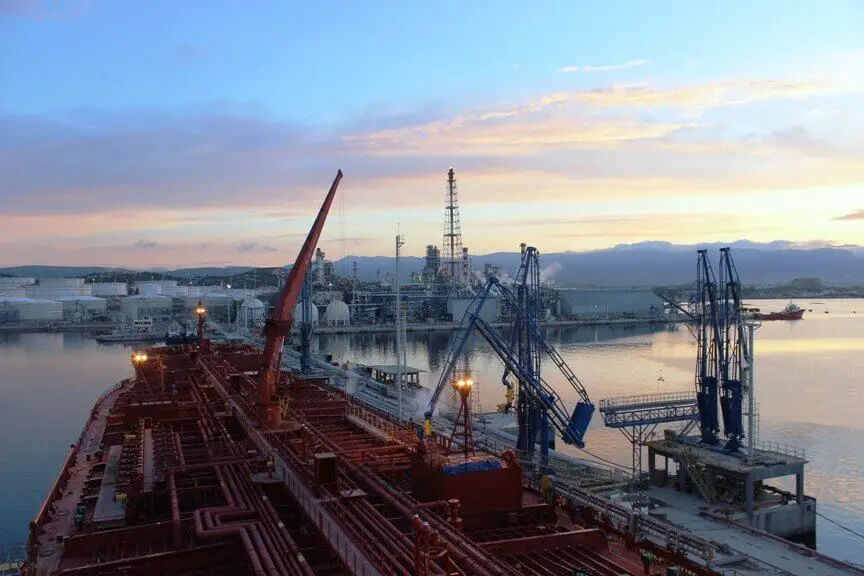Voyage Orders The vessel will usually receive voyage orders from the Charterers which will contain the following information:-Ports of loading and discharge along with draft limitations (if any) Volume / Weight to be loaded, grade or grades and Densities involved Special requirements of cargo – e.g. heating Special properties of cargo – e.g. H2SPlanning Cargo Stowage The following factors are to be considered when planning stowage of cargo as applicable:The limiting load line zone of the loaded passage and the port of destination. Draft restrictions during the … [Read more...]
